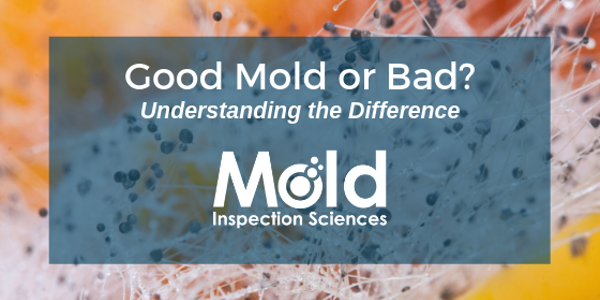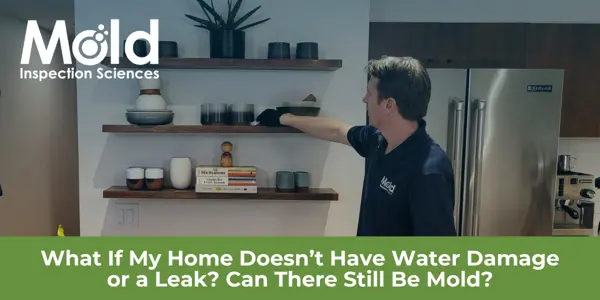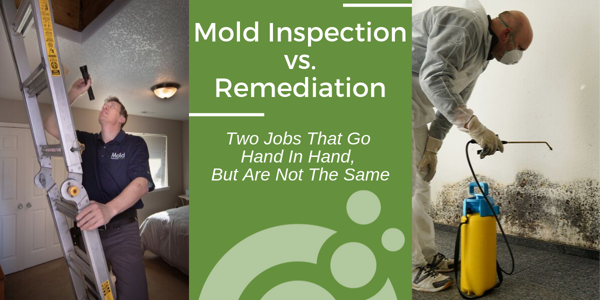A Complete Mold Diagnosis

You have decided to have your mold concerns diagnosed by a professional. In a sense you have decided to take your home to the doctor. You are expecting a complete diagnosis so that you know how to move forward in resolving your concerns. Usually, the complete diagnosis will include an investigation and testing.
A mold investigation will paint you a partial picture of what might be going on in your home, much like when you go for an office visit with your doctor. The doctor will tell you it appears that you might have strep throat, but you will need a strep test to confirm. The doctor will need to order the correct prescription based on the testing results. You would certainly want to be taking the correct medication in order to get well. The same applies to the recommendations your inspector will make as far as testing any visible mold like growth or the air in your home, based on his findings during the investigation. Your inspector will need to gather as much information as possible in order to advise you on the steps for remediation (your home’s prescription).
Sometimes mold testing is not necessary. Sometimes a strep throat test is not necessary. Sometimes an x-ray of your lungs is recommended to see if something else might be causing your sore throat. Sometimes air testing, swab testing, or wall-cavity testing is recommended and could be essential for a complete diagnosis and prescription.
If you were to have air samples taken without an inspection, you would find out if there were specific mold spores in the air you are breathing, but would not have a clue to what might be causing them or where they could be coming from. With the inspection, your consultant could help pinpoint the problem area by possibly finding wet building materials, a plumbing leak, a roof leak, etc. If you were to just have an inspection and did not have any of the recommended tests performed, you would find out that you might have a plumbing leak or wet materials, but would have no clue if there was any hidden mold somewhere or in the air you are breathing. You would have a partial picture. You might be taking the wrong steps to remedy the situation, like taking a prescription for a virus when you have an infection.
A complete diagnosis of your mold concerns is essential in order to paint you a 3-D picture of what may be going on in your home. The mold inspection will be to find any issues that are conducive to mold growth, such as wet materials, moisture, and humidity, which can pinpoint possible sources. The samples or tests will tell us and you what types of molds are present and their concentration. Your inspector and project manager will review the findings, photographs, conclusions, and the lab results. They will put all of this together in your report and will then let you know what your next steps should be to begin the healing process of your home.




